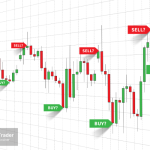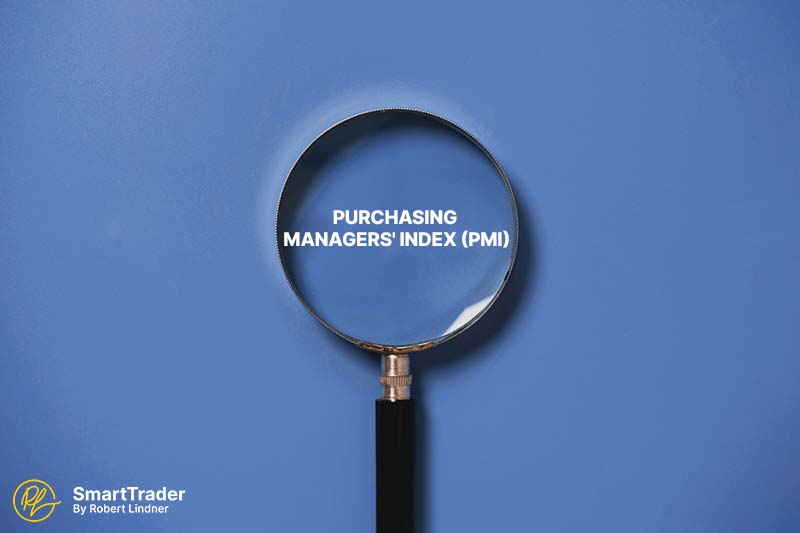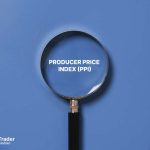[‘par-chas-in ‘ma-ni-jars ‘in-,deks]
The Purchasing Managers' Index (PMI) is an economic indicator that provides insight into the performance of the manufacturing and services sectors of an economy.
What is Purchasing Managers’ Index (PMI)?
The Purchasing Managers' Index (PMI) is a metric used to gauge the economic performance of a country's manufacturing and services sectors. It provides valuable information about the health and growth of these sectors in an economy.
The PMI is usually calculated by a private organization or a government agency and is published on a monthly basis. The survey consists of a set of questions about the production level, new orders, employment, delivery times, and inventory levels in the industry.
The PMI is a leading indicator of economic activity and is closely watched by investors, policymakers, and analysts. A PMI reading above 50 indicates expansion in the industry, while a reading below 50 indicates contraction. The higher the reading above 50, the stronger the expansion, while the lower the reading below 50, the deeper the contraction.
Key Takeaways
- PMI is an important economic indicator that provides insights into the manufacturing and services sectors of an economy.
- The PMI is calculated based on surveys of purchasing managers and is released on a monthly basis.
- A reading above 50 indicates expansion in the industry, while a reading below 50 indicates contraction.
- The PMI is a leading indicator of economic activity and is closely monitored by investors, policymakers, and analysts.
- PMI readings can help businesses and investors make decisions about production levels, hiring, and investment based on the health of the industry.
Example of Purchasing Managers’ Index (PMI)
An investor is interested in investing in the technology sector of a particular country. The PMI for the services sector, which includes technology-related services, is currently 55. This indicates that the majority of the purchasing managers surveyed reported an increase in new orders, business activity, and employment in the services sector, including technology-related services.
This suggests that the technology sector is experiencing growth, which could be a positive sign for investors interested in investing in technology companies in that country. The investor may take this information into account when making investment decisions, such as which companies to invest in and at what level. Additionally, the investor may also want to monitor future PMI readings to track any changes in the health and growth of the technology sector over time.
Back to Glossary.






